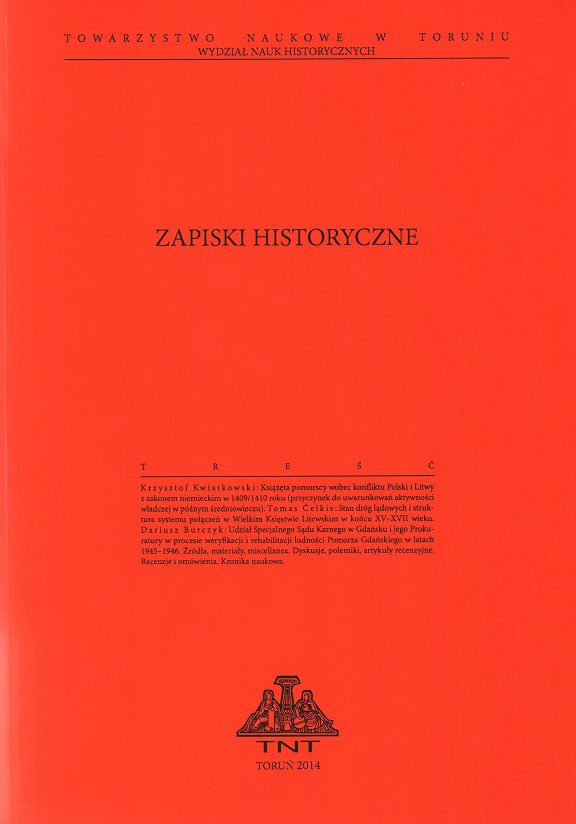
We kindly inform you that, as long as the subject affiliation of our 300.000+ articles is in progress, you might get unsufficient or no results on your third level or second level search. In this case, please broaden your search criteria.

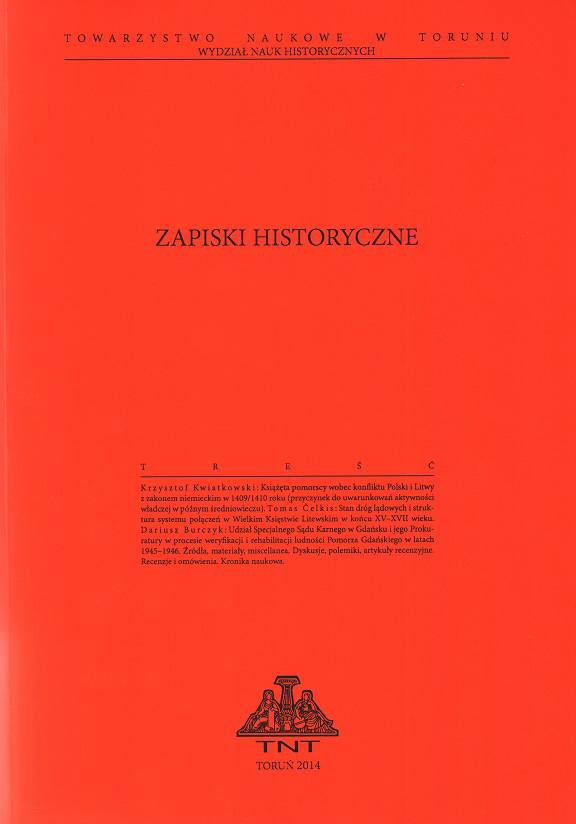
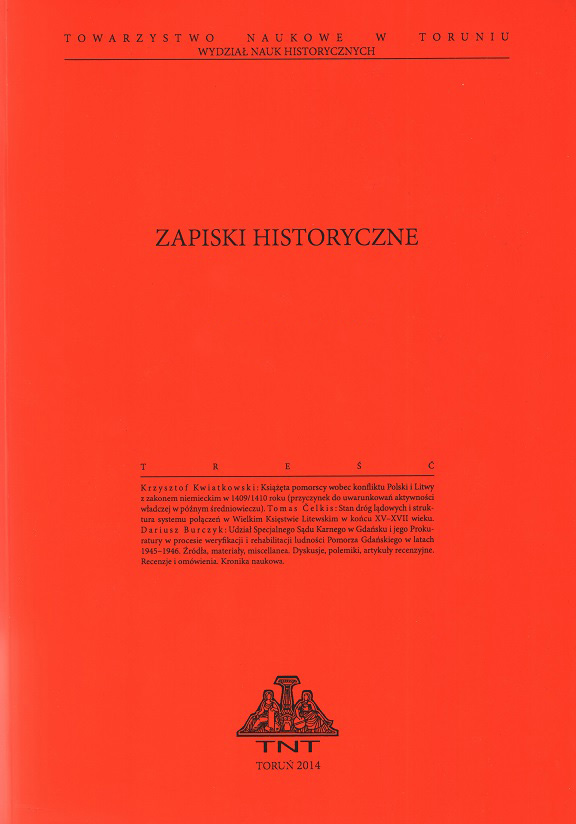
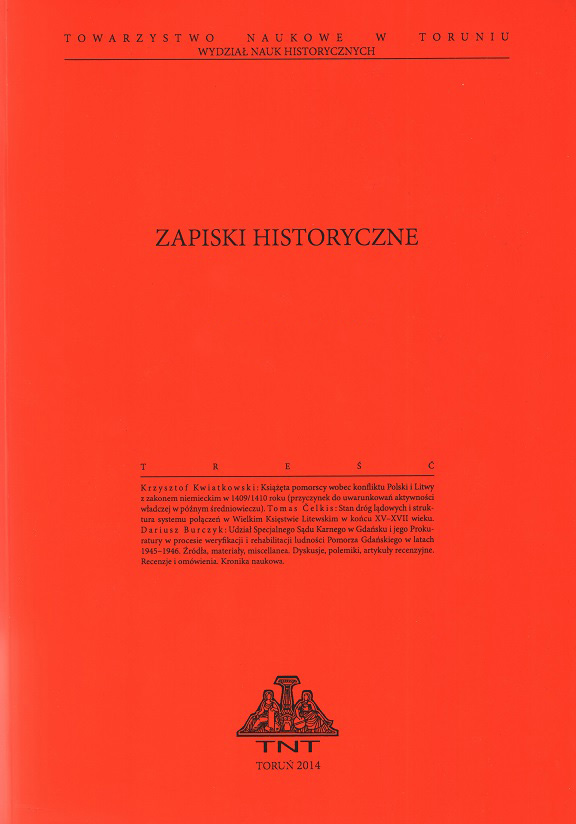
The article constitutes the attempt to formulate remarks and hypotheses referring to the mentality of the elite of Toruń’s burghers in the 17th and the first half of the 18th century, mainly on the basis of the research concerning the history of the culture of Toruń in this period. Toruń’s elite consisted of the few rich members of the proud patriciate and the group of the so called “Scholars” (Gelehrte) – people of various backgrounds, who, having acquired the university education, made a political career in the town and representatives of professions requiring a much better education” priests, teachers, doctors, pharmacists, lawyers and officials of the city authorities. The factors which united all those people in one group was the Protestant religious community (Lutherans), family, social and economic connections. The mentality of Toruń’s inhabitants was affected greatly by the life in a big city where goods were exchanged and people travelled from the north to the south and the east, and from the west to the north and east. Toruń was traditionally connected with Gdańsk and the Baltic Sea, Germany, the Netherlands, England and the Scandinavian countries. The mentality of the patriciate and burghers was imbued with religiousness in the Lutheran or Calvinist sense. The Protestant model of personal life filled with science and work prevailed. At the same time the mentality of Toruń’s burghers, in the first place those who spoke Polish and had direct contacts with noblemen and Catholics, was affected by the Baroque-Sarmatian models promoting the joy of life, the pursuit of luxury and presenting oneself from the best side. A case in point is Jakub Kazimierz Rubinkowski (1668-1749) – a nobleman and burgher of Toruń. This postmaster and burgrave of Toruń combined the features typical of the mentality of the noblemen and burghers. Toruń’s patriciate adopted many customs from noblemen and magnates, which was reflected in fashion, ceremonies, funerals, weddings, etc. Like noblemen, patricians purchased land, set up small “folwarks” and erected summer mansions in the countryside. Inhabitants of Toruń were mentally connected with inhabitants of Gdańsk. Yet, the mentality of Gdańsk’s inhabitants was mainly affected by the fact of living in a harbor open to the sea. Toruń was more closely connected with the Polish-Sarmatian background. What should be underlined is the ability to adapt and co-exist of various groups along with the ability to create a coherent whole. Toruń’s burghers were capable of reconciliating the material (the sphere of business and economy) with the spiritual (the sphere of belief and existential fear).
More...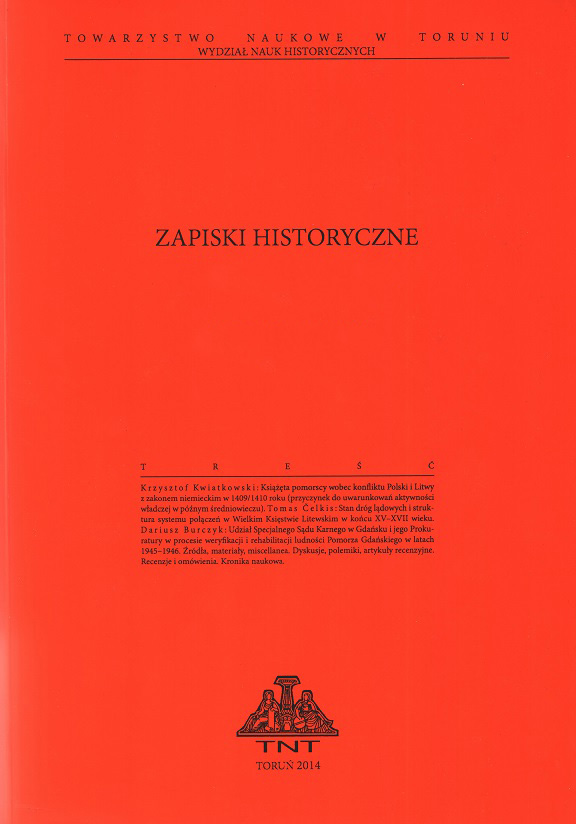
The Michaelite Fathers (The Congregation of Saint Michael the Archangel) were the last to arrive in the territory of the Chełmno diocese among several orders which had started to operate there during the interwar period. At the same time, their arrival in Toruń was the only case of the order being brought to a given area by a clergyman of the diocese. Despite being involved in the work of St. Mary’s Rosary Institute from the beginning of 1939, the Michaelites did not manage to find their place in the sacral space of the town. They were not to blame for this. When Germans took over Toruń in the first days of September 1939, the only Michaelite was forced to leave the city. Nevertheless, the first steps in the work of the ministry in the city and dioceses had been already taken. The Michaelites returned to Toruń in 1948. They restored their activity in the district of Bydgoskie Przedmieście with a modest small chapel and building of the Rosary Institute. Originally, the priests exercised pastoral ministry among the inhabitants of the district, and later of the whole city, helping parish priests of other parish churches in Toruń. From year to year the congregation extended the scope of its activity among children and young people (until 1961 they taught religion at schools, later in special classrooms adjacent to parish churches), helping the poor, the sick, the handicapped, the blind. They worked also away from Toruń such as in the ministry centre, the parish church in Górsk, where the monks manager to build a sculpture commemorating the death of Rev. Popiełuszko. Prior to WWII, the Michaelites started to make an effort to have their own church built. They continued their efforts after the end of the war. The works lasted over 30 years. In 1949 the monks opened a public chapel, which was later extended, along with a monastic house. The plans of the construction of the church were ready in 1957. In 1963 a lot where the church was to be erected was acquired. The next step in the process of the creation of the Michaelites’ monastic houses in Toruń was the foundation of an independent pastoral centre in 1970. In 1976 the Roman Catholic Parish Church of Saint Michael the Archangel was set up in Toruń. Yet, the cornerstone was laid down in 1983 and consecrated in 1987.
More...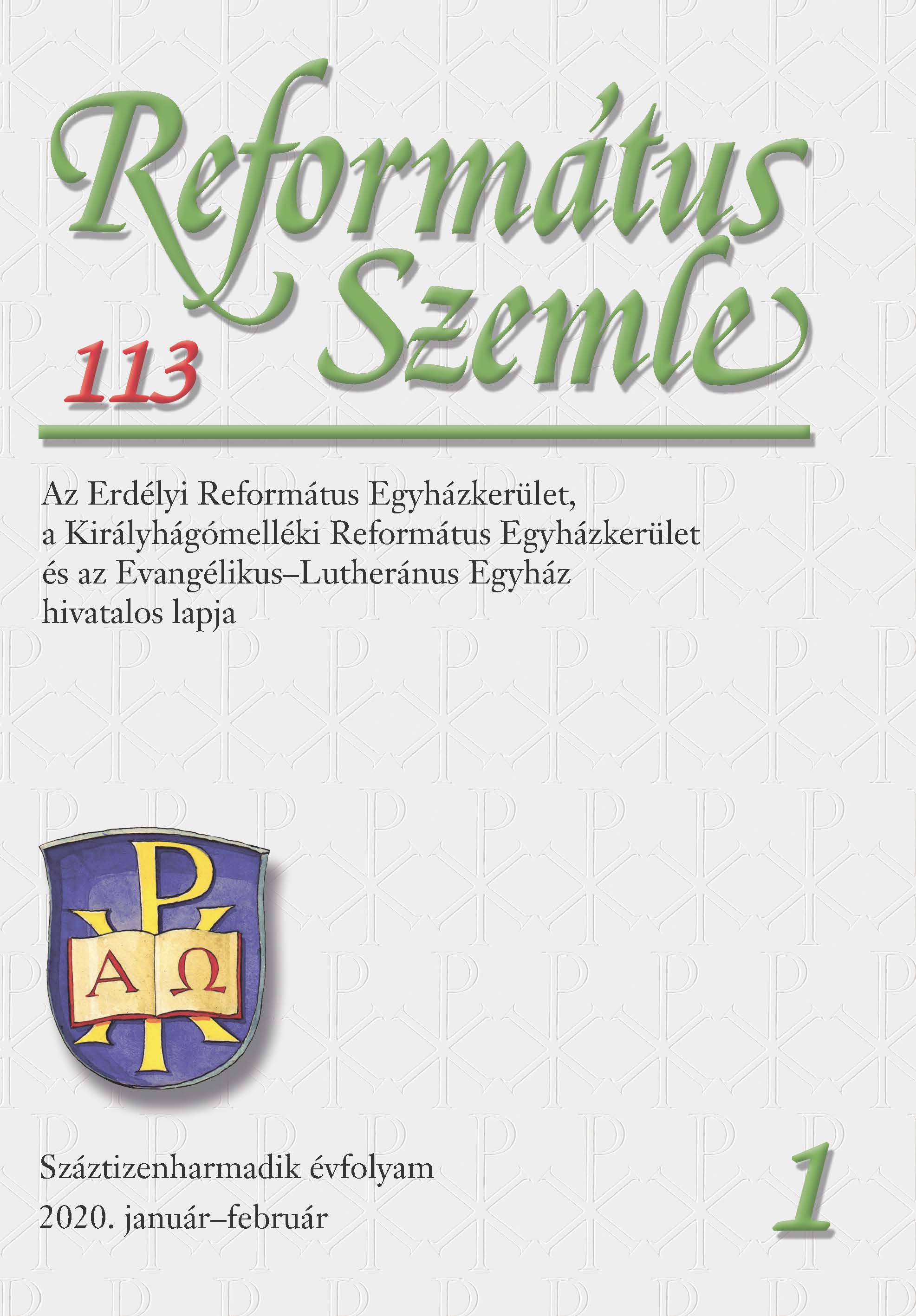
When speaking of Reformation and Humanism, we tend to connect them to each other. But as we come closer to the essence of each, we discover their substantially different nature. The gist of Humanism is the human nature. On statues and paintings of the Renaissance the man is portrayed as a great, powerful, almost almighty person. On the other hand, Reformation places God, Christ, salvation, reconciliation etc. at the centre of its teaching. Humans are included too, but only as sideliners, as weak, infirm, needy, helpless figures. Nevertheless, Reformation has benefited to a significant extent from Humanism via its emphasis on the grammar for mastering the languages of the Scripture (Hebrew and Greek), dialectics striving to a better understanding of the scriptural message, and rhetorics as a substantial technical help spreading the Gospel. Therefore, teaching these disciplines at the universities of the Reformation has become of major importance during the 16th century.
More...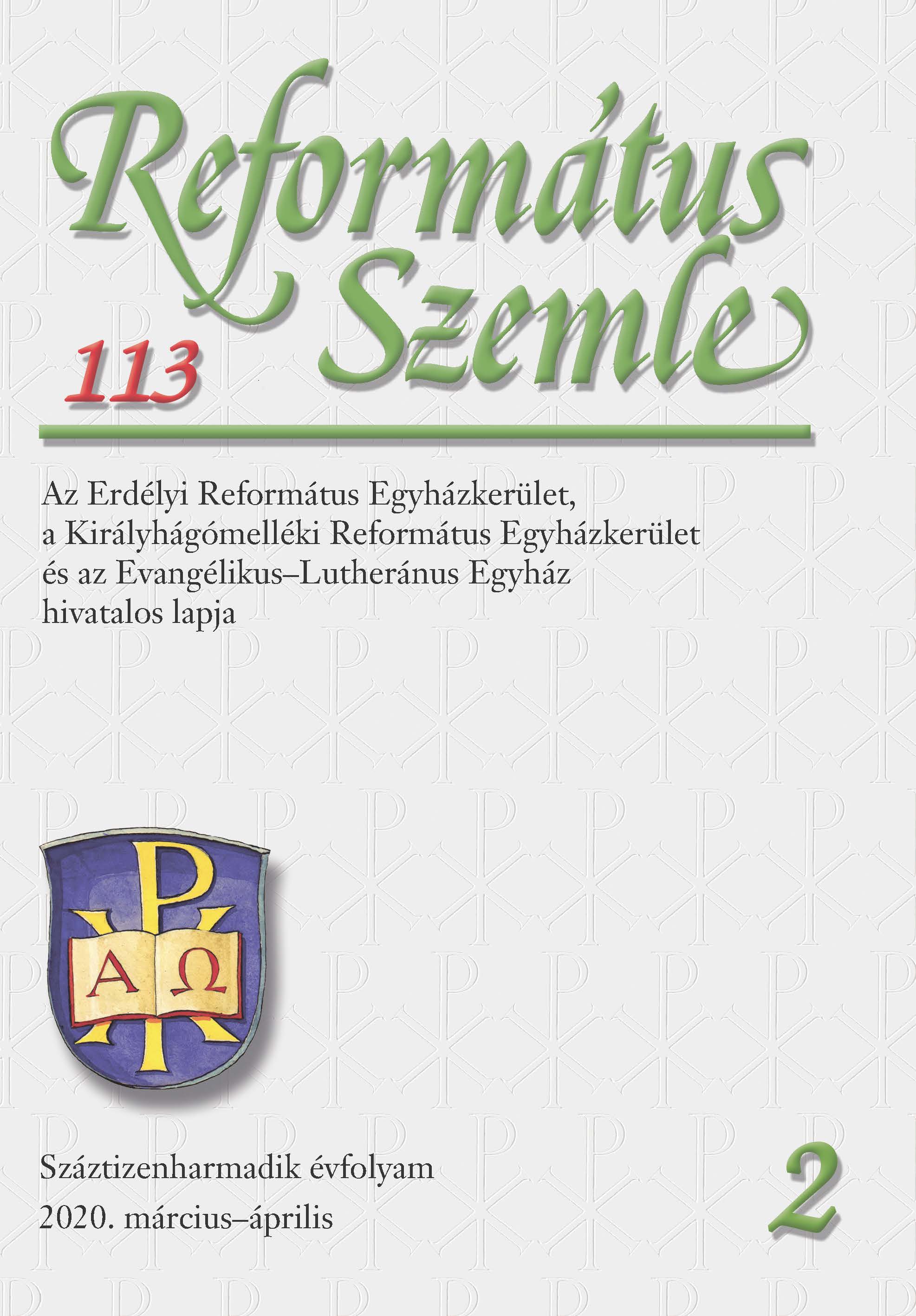
In his well-known metaphor, the Book of Hosea describes the relation between YHWH and the people of Israel through the marriage imagery. Contemporary scholarship treats this metaphor in different ways. The diverging interpretations derive, on the one hand, from the dissimilar understandings of the cultic circumstances of Hosea’s age, involve high uncertainty. Moreover, the text of Hosea is regarded as one of the most challenging compositions in the Hebrew Bible. Finally, from a redaction-historical point of view Hosea is again a very complex book that needs careful approach. The most debated question concerning Hosea and the fertility cult seems to be the existence or absence of an institution of sacred prostitution within the ancient world. A decisive conclusion in this regard is impossible at the moment. While recent studies tend to question the existence of this practice, our analysis allows interpreting Hos 4,14 as a description of a sacred prostitute. The proposal that this woman, termed הָ שֵׁ דְ ק ,should be regarded as person having a devoted cultic role, is worth considering. Nonetheless, based on the meagre amount of data at our disposal, this study argues that her sexual activity did not stem from this role itself, but from her loose morals and willingness of attracting partners. Within the necessary limits of a case study, the resources and texts reviewed by us hig.
More...
Jesus’ speech is not mere utopia but an acting force. It is this basic recognition along which the authoritative contemporary thinker interprets the parables of the Gospel. The interpretation faithfully reproduces the text, being original at the same time. In the view of this author, intellect instilled in our hearts, the unavoidable commitment, acting according to hearing, and breaking down ideological thinking reconquers for us precisely that inner space “which is essential to find our homes outside this world.” (S. Béla Visky, translator). Andrei Pleşu refuses to subordinate the parables of Jesus to philosophy, to any of the newer methodologies, or to contemporary political-ideological attitudes. Unlike many former and current church leaders, he seeks to be a follower of the Master by turning against the temptation of ideology (including those haunting intellectuals today) and attempting to stay away from all institutional “sedentarism” (including the academic one). (István Berszán)
More...
The Reformation highly esteemed the classical scientific disciplines as far as they contributed to a better understanding of the gospel. The method was delivered by the Humanism and Renaissance. Consequently, the reformers, whose primary concern was studying the word of God in original (Hebrew and Greek), started to master both languages right from the beginning. Hebrew helped them to learn and understand God’s will in the Old Testament in its original setting, while Greek improved their grip on the message of the New Testament. When preparations for ministry had started in the Protestant universities, both languages were self-evidently taken over in the educational process. The present paper deals with Melanchthon’s appreciation of the Greek language.
More...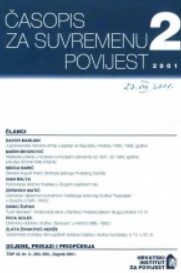
Review of: Robert Skenderović - Građa i prilozi za povijest za povijest Dalmacije, br. 15 (1999.), Split 1999., 354 str.
More...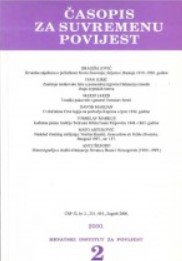
Review of: Snježana Ružić - ZDENKA ŠIMONČIĆ-BOBETKO, Agrarna reforma i kolonizacija u Hrvatskoj 1918.-1941., ll, Izbor iz građe, AGM - Biblioteka Povjesnica, Zagreb 2000 ., 53 8 str.
More...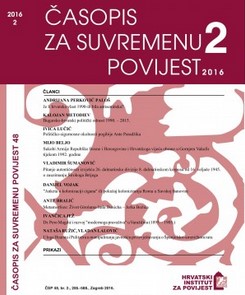
Review of: Marko Babić - Franjo MARIĆ, Ljetopis katoličke župe Žepče: 1879. -1999., Hrvatski klub Žepče - Zagreb i Rimokatolički župni ured Žepče, Žepče 2000., 739 str.
More...
Review of: Marko Babić - IVAN DAMIŠ, FRANJEVCI HRVATSKE FRANJEVAČKE PROVINCIJE SV. ĆIRILA I METODA ŽRTVE DRUGOG SVJETSKOG RATA, PORAĆA I JUGOKOMUNIZMA, HKD sv. Jeronima, Zagreb 2000., 156 str.
More...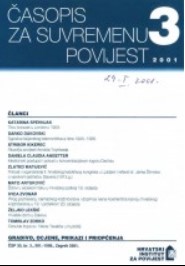
Review of: Franko Mirošević - Korespondencija Strossmayer-Vanutelli 1881.-1887. Nakladnici: Hrvatski državni arhiv, Kršćanska sadašnjost te Dom i svijet, Zagreb 1999. 697 str.
More...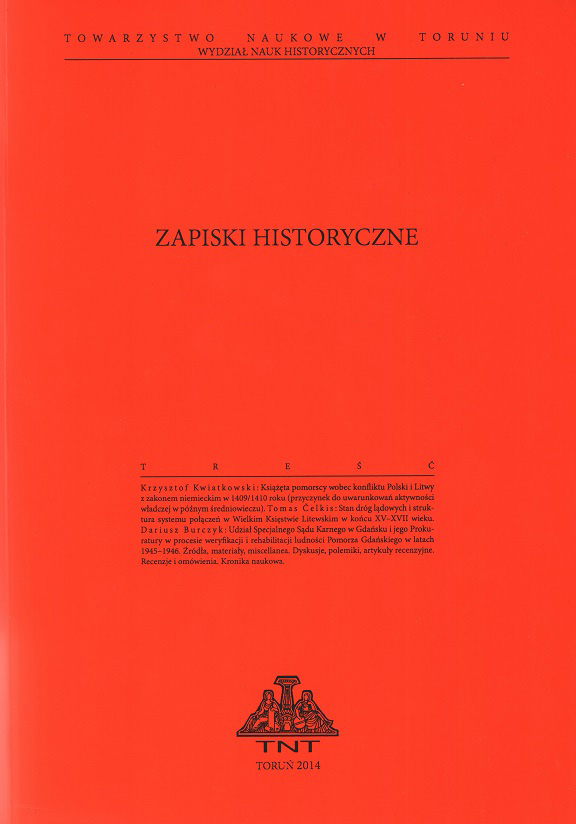
This article summarizes the history of the relics of St Barbara in Althaus Kulm (Starogród Chełmiński), a topic with extensive research in Polish and German circles, but only recently addressed by scholarship in English. It begins with an overview of the relics’ history and a summary of St Barbara’s vita, pointing out the quick rise in her cult in the Teutonic Order’s Prussian territory (Ordensland). Following this, it assesses the function of the relics through three lenses: warfare, daily life, and as a symbol of the Order’s power using three methodological frameworks. These are hierophany (manifestations of the sacred) for warfare, naming practices for studying the impact of St Barbara on the local population, and as a reflection of the Order’s territorial power (Landesherrschaft). The article ultimately demonstrates that the relics were a significant element of the multifaceted structure of religious life in medieval Prussia, both within and outside of the Teutonic Order. Appended to the text are two previously unpublished accounts of the relics of St Barbara and their arrival in Althaus, demonstrating the reputation of the shrine not just in the Ordensland, but within Christendom. It concludes with a summary of the research findings, and a consideration of these findings in light of more ‘recent’ interpretations of the Teutonic Order and the Prussian Crusades.
More...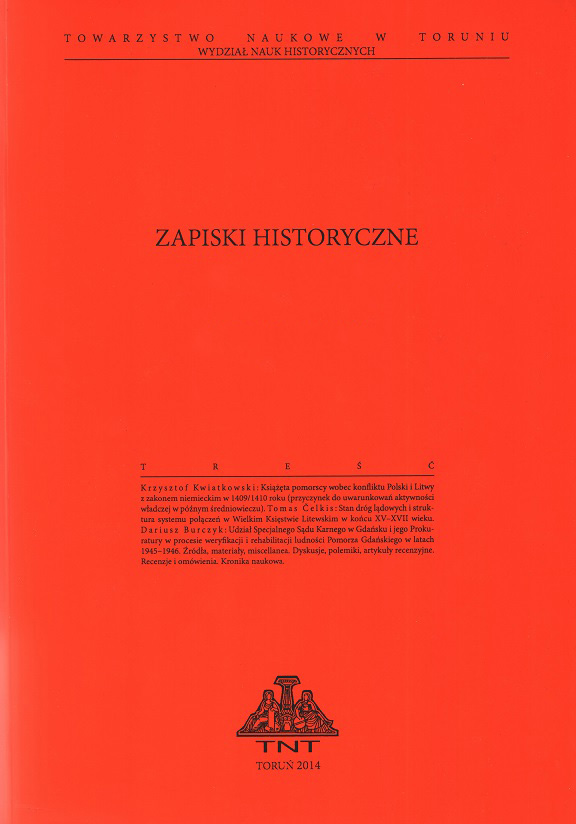
The subject of the article is an analysis of a nineteenth-century folk song originating from Lesser Poland and the region of Kielce, which describes the events of the Tumult of Toruń (1724). The author used the historical method (factual analysis), anthropological method (theories of memory and orality) and discourse analysis (a written text as a reflection of mentality) to focus on three main issues. The first one is a polemic with the previous opinions of researchers, who argued that the folk song faithfully represents the events of the riots in Toruń (Thorn). In fact, it seems to be more of a propaganda text. It is impossible to determine precisely the place and time it was created, however, it seems that its author was a clergyman who wanted to convey his vision of the Tumult to the lower social strata. The song presents the community of Toruń as divided into two hostile camps, namely aggressive Protestants and pious Catholics. The article embedded the images of both sides in broader contexts of the German-Protestant stereotype and religious polemics in the Polish-Lithuanian Commonwealth. The last part of the text is an attempt to answer the question why this particular song was internalized by the common people. The interest in the Tumult of Toruń could result from its sensational character, the fact that it was very well fitted to folk culture, and the possibility to derive satisfaction from the course of this event. The article ends with the presentation of folk songs as an interesting research material for historians, cultural anthropologists and scholars conducting interdisciplinary memory studies.
More...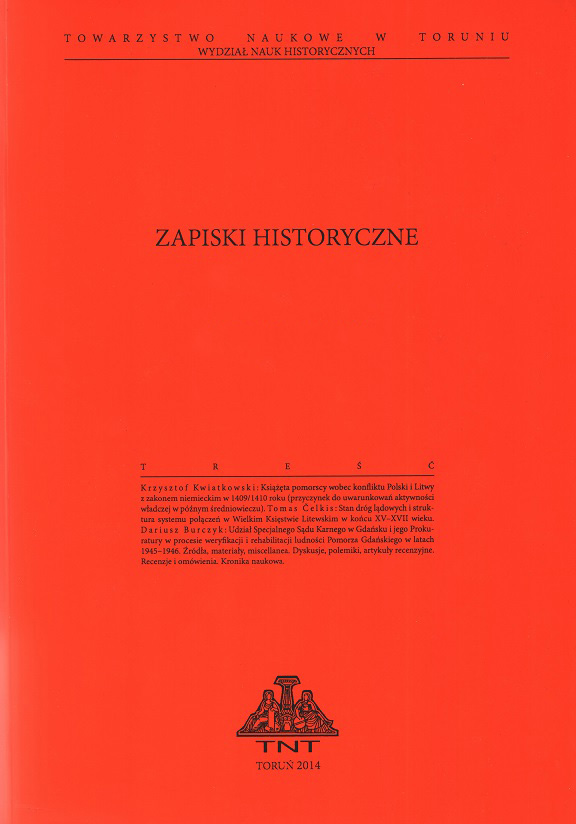
The article presents an analysis of the foreword by Samuel Schelwig (1643–1715), pastor of the Holy Trinity Church and rector of the Academic Gymnasium in Gdańsk (Danzig), to the opinion issued by the theological faculty of the University of Leipzig on Pietism and its founder Philipp Jakob Spener (1635–1705). The opinion was published in 1693 under the title ‘Gründliches und wolgesetztes Bedencken, Von der Pietisterey’. The author of the foreword made an assessment of the religious condition of the new movement and also pointed out that its supporters misunderstood the essence of piety, comparing them to medieval and early modern heretics. In this way, he anticipated the subsequent harsh criticism of Pietism and initiated a religious dispute on this issue that continued in Gdańsk from 1692/1693 to 1703. At the same time, he contributed to the dissemination of a debate on religious fanaticism and attempts to modernise pastoral activities of Lutheran preachers. The analysis of the source text is part of broader research into the history of the Pietistic movement in Gdańsk, which has incorporated research methods in the fields of philology and history, as well as biblical hermeneutics. This approach has made it possible to determine the origin of the conflict on Pietism in Gdańsk, to identify the related phenomena, events and key doctrinal issues, and to interpret and evaluate the theological value of the investigated polemic.
More...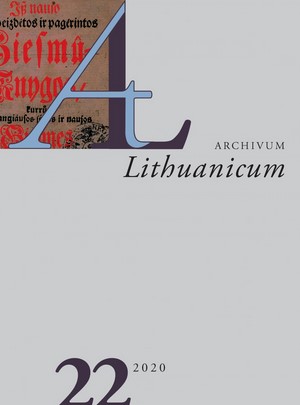
Review of: Dalia Jakulyte - Birutė Kabašinskaitė, XVI–XVIII amžiaus lietuviškų kalvinistų giesmynų kalba: redagavimo istorija, Vilnius: Vilniaus universiteto leidykla, 2019, 240 p. ISBN 978-609-07-0357-1
More...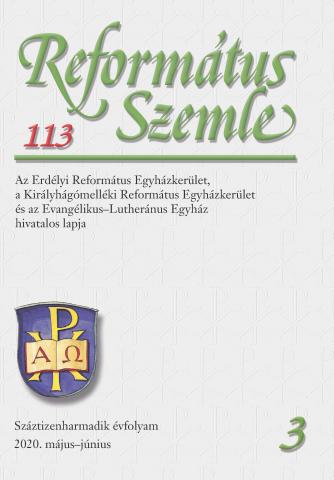
First and foremost, the Protestantism sought to incorporate the first three disciplines of the seven liberal arts into the methodologies of scholarly theology and the curricula of school education. It also served the purpose of preparing seminary students for preaching the Word in their mother-tongue. Once they mastered the languages of the Two Testaments, dialectics (or logic) aided them in decoding the meaning (or the message) of the passage, while rhetorics guided them in composing a structurally sound sermon. (This threefold unity is still applied today in Hungarian theological education, albeit under a different name.) Dialectics is the foundation for the study of all sciences. Indeed, the potential benefits of certain scientific disciplines cannot be fully achieved without a thorough understanding of its principles. Therefore, as religious sermons are modelled after secular rhetoric, their structural features cannot be correctly assembled without resorting to the laws of philosophical dialectics.
More...
Jelen dolgozat Jézus feltámadásának hagyományozását vizsgálja, mégpedig úgy, hogy először a feltámadás teológiai gondolatának a bibliai és kultúrtörténeti hátterét térképezi fel, majd a Jézus feltámadására vonatkozó újszövetségi bizonyságtételek mögötti hagyományokat igyekszik kitapintani, hogy majd az utolsó fejezetekben megkísérelje felvázolni a beazonosított tradícióelemek hagyományozási folyamatát az ősevangéliumtól a kanonikus evangéliumok feltámadástörténetéig.
More...